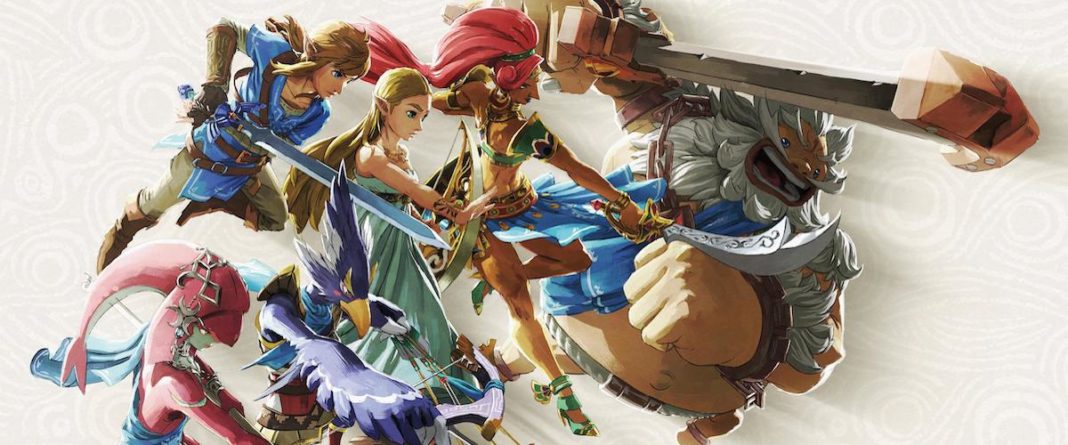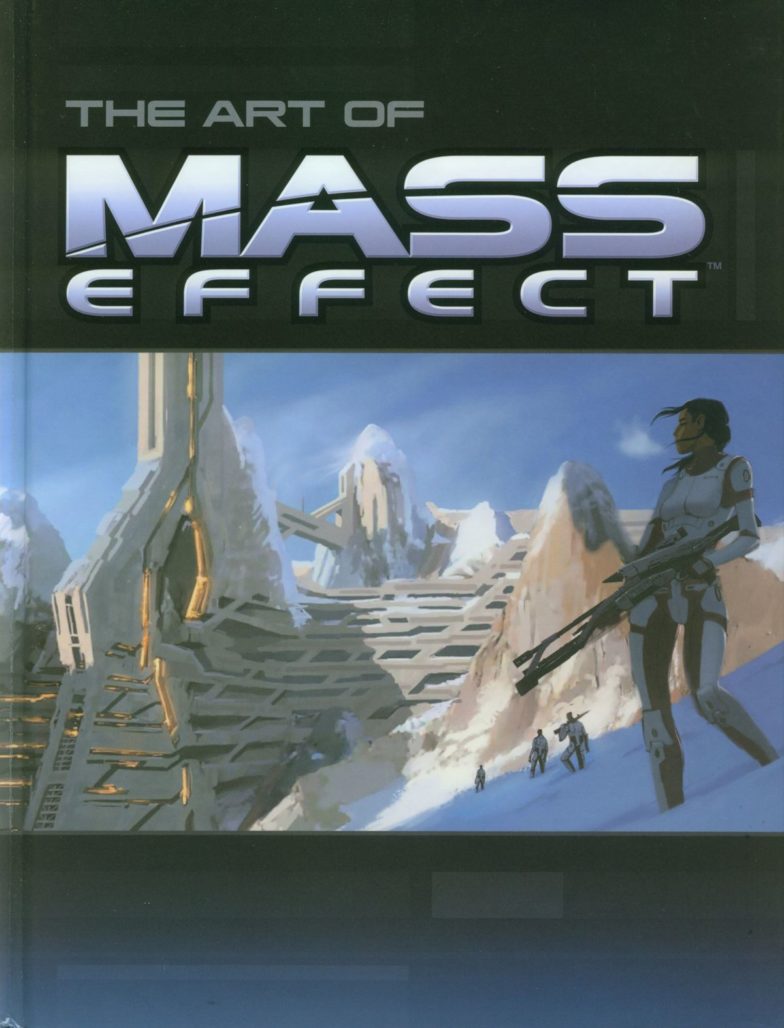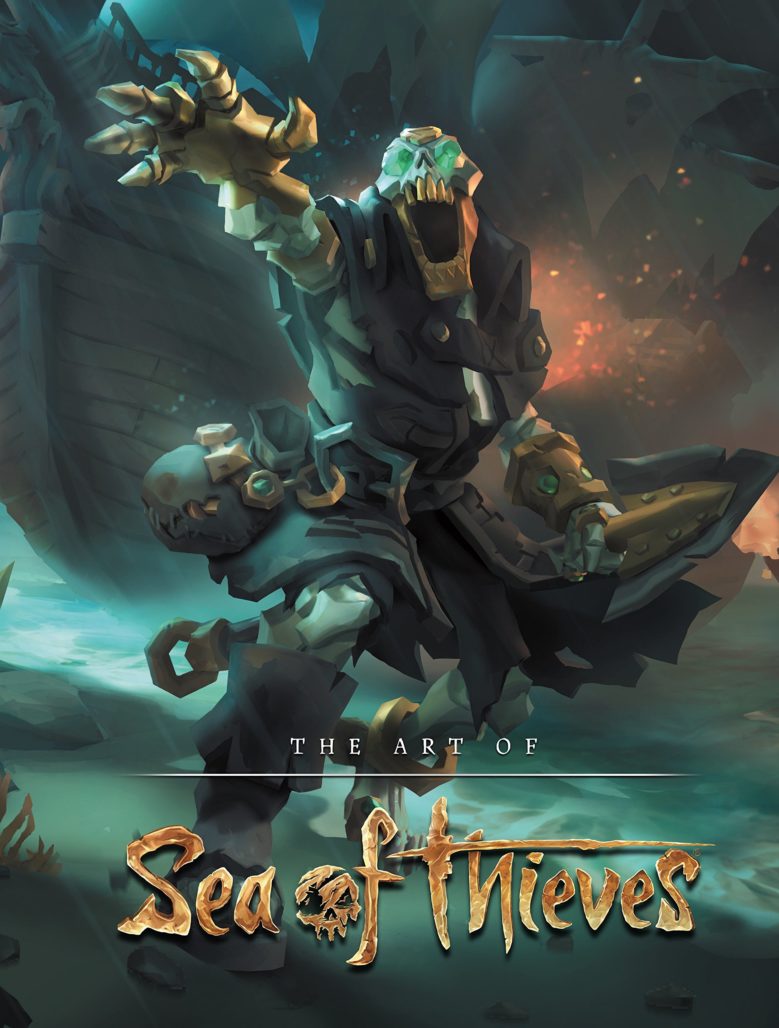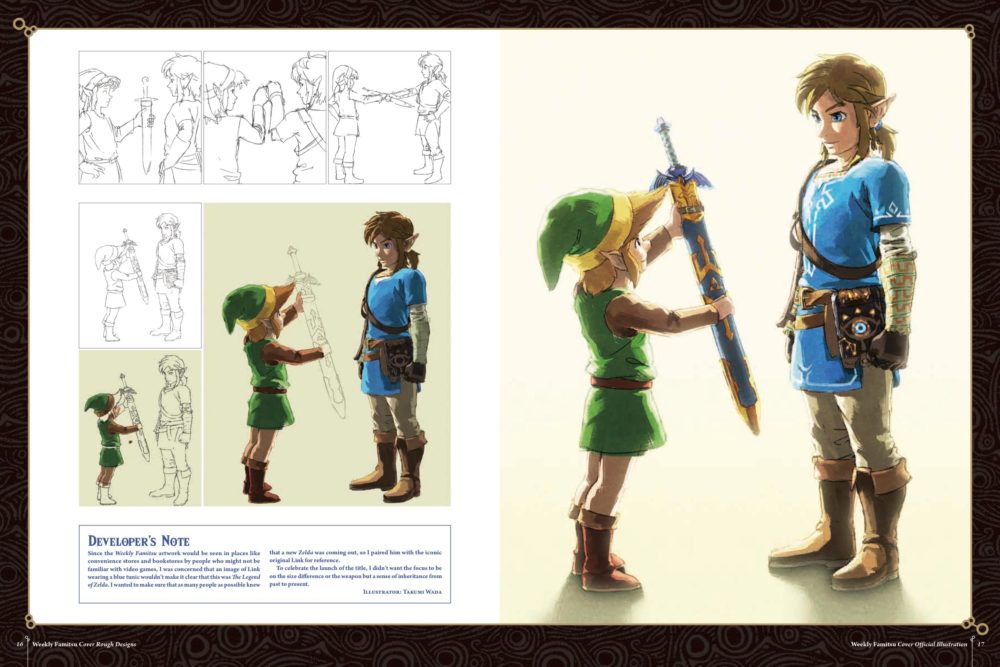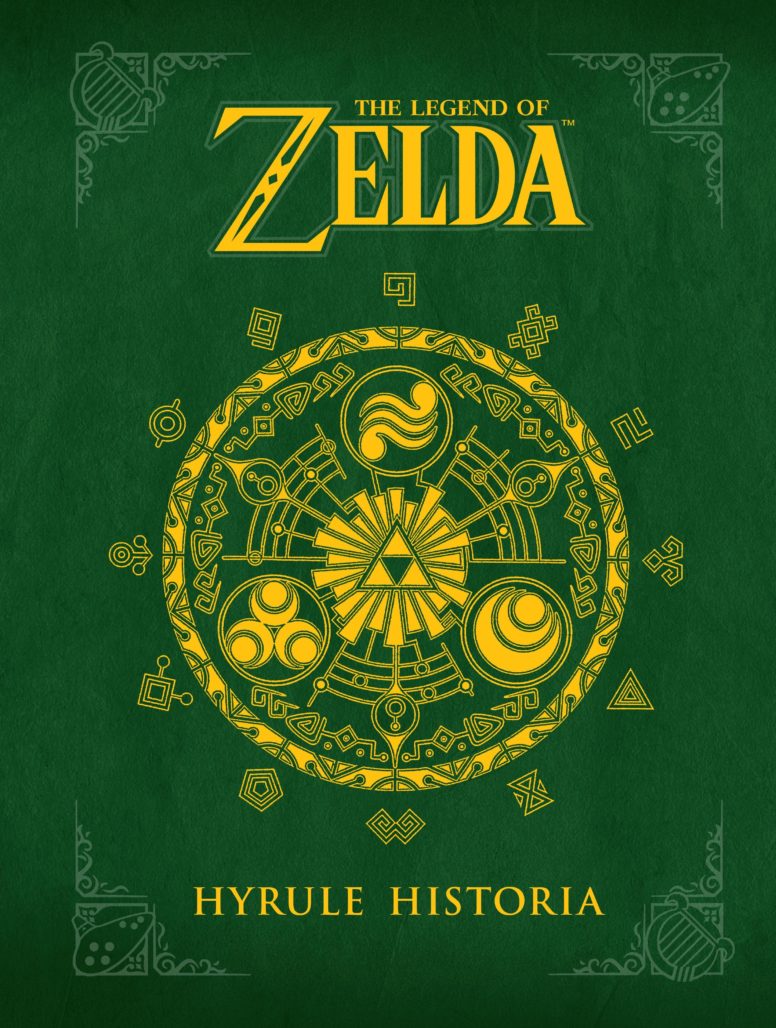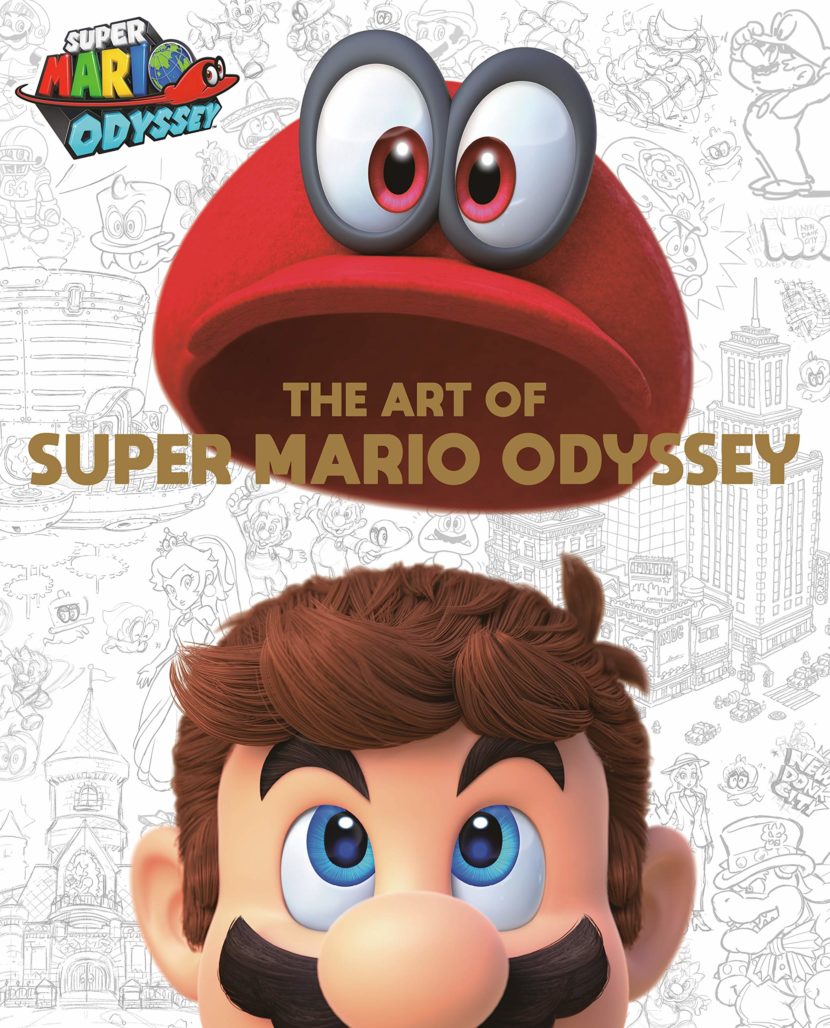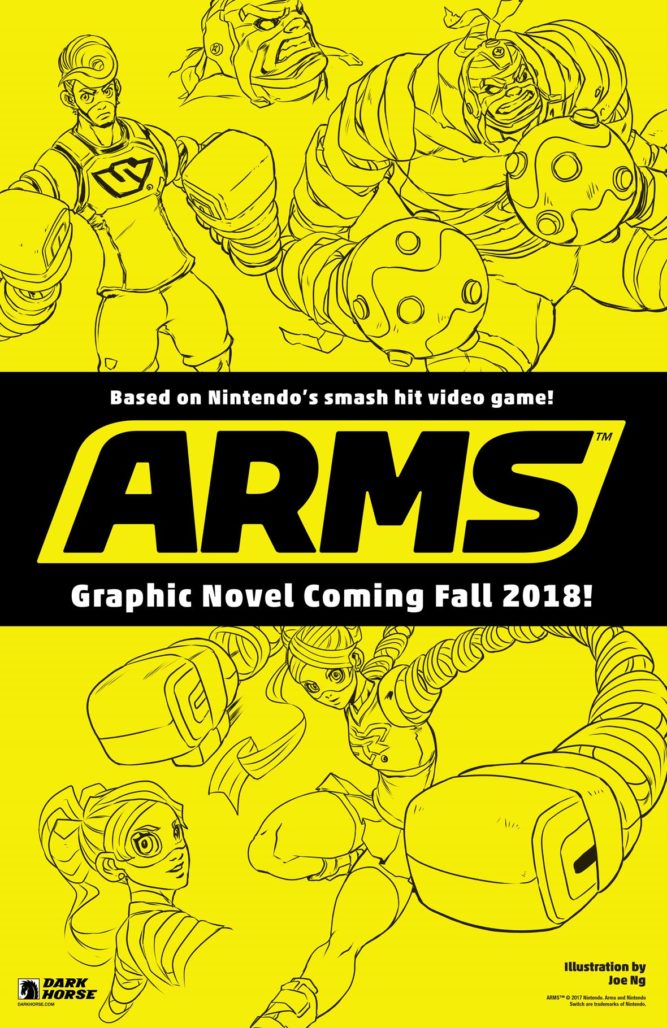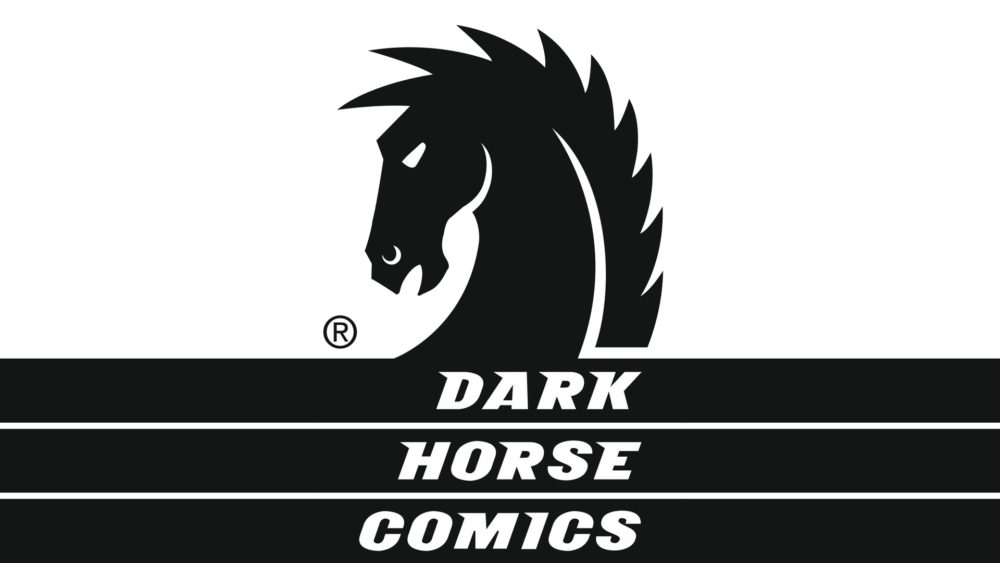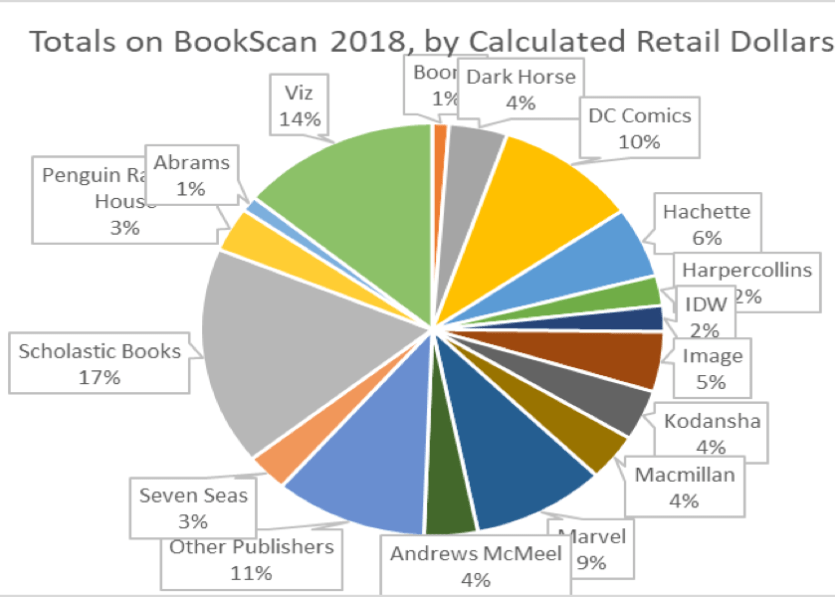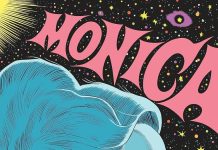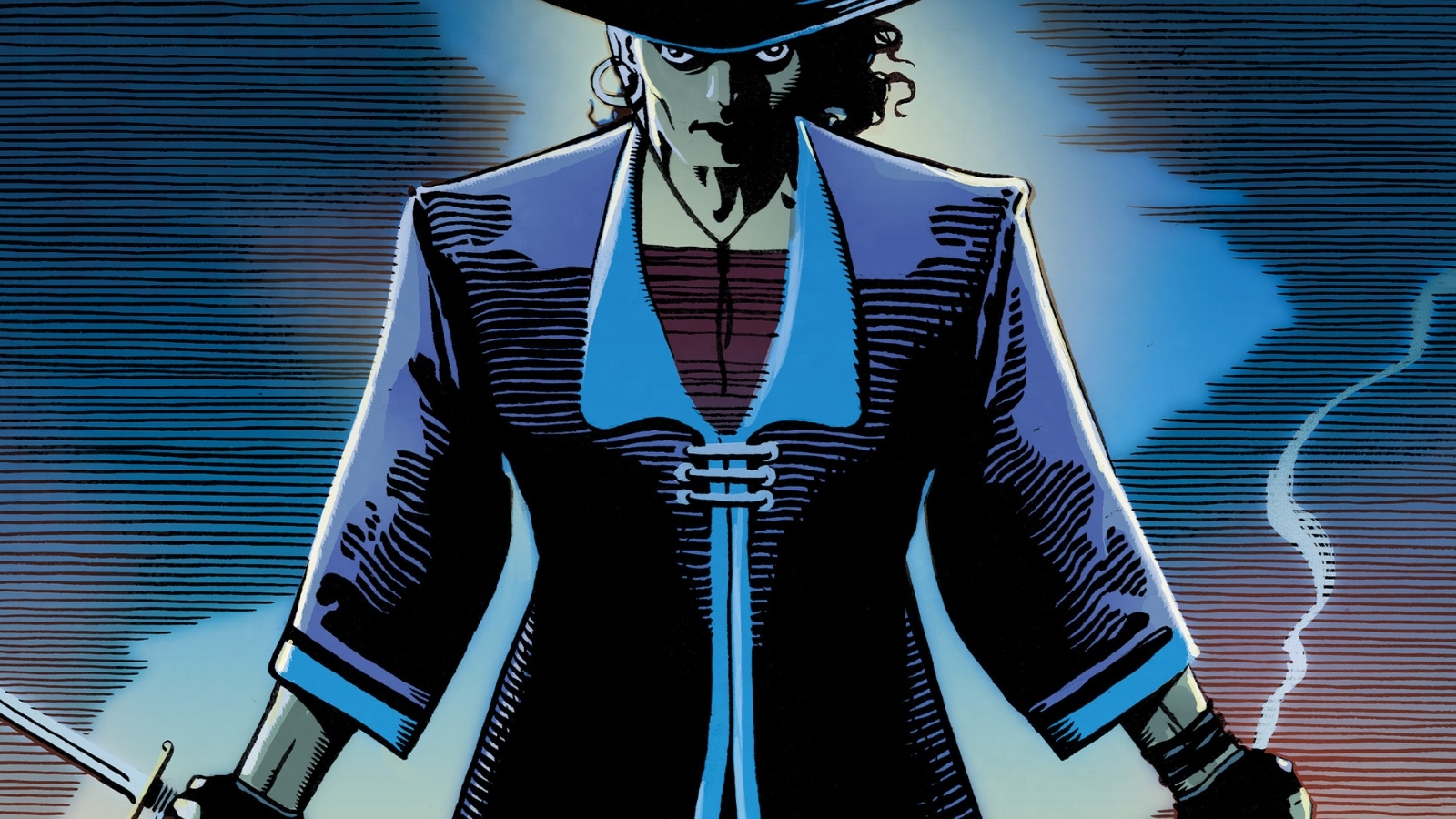Though Dark Horse has an impressive lineup of comics, many of my recent purchases from the publisher are from its library of beautiful art books. In recent years, the publisher has developed a number of coffee table hardcovers featuring rarely-seen promotional and production art from franchises such as Overwatch and The Legend of Zelda.
I’ve known for a long time how popular the art books are in the video game community but wondered whether the comic book industry recognizes their success. Based on my findings, many seem to underestimate the impact Dark Horse’s art books have on its bottom line.
With the help of an interview with Dark Horse Editor-in-Chief Dave Marshall, I researched how Dark Horse’s relationship with video game developers resulted in a new source of revenue at the time the publisher needed it the most. Here is the story of how Dark Horse not only recovered but thrived following the loss of the Star Wars license thanks to its new video game-related projects.
Dark Horse’s loss, Disney’s acquisition
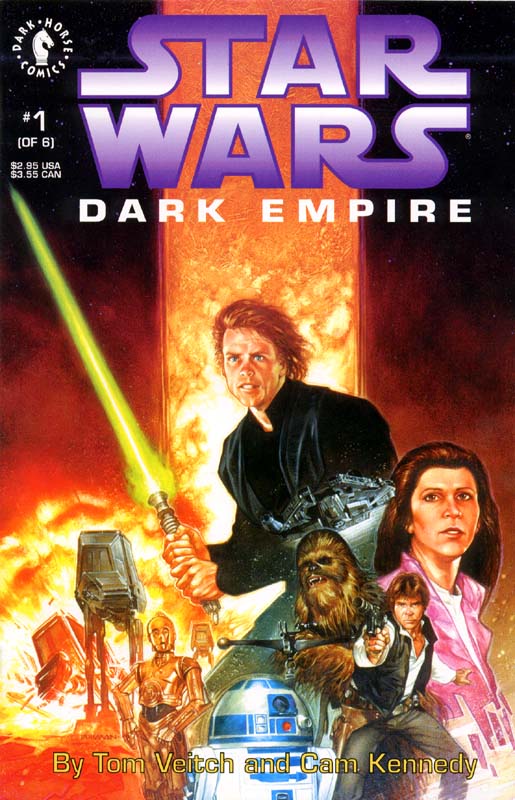
Due to the flood of Star Wars content released every year, Disney’s purchase of LucasFilm reverberated across virtually every entertainment industry. The film industry was obviously impacted by the return of the world’s biggest film franchise, but Star Wars also had its fingers in television, video games, books, toys, clothing, and, of course, comics. One repercussion from the acquisition was that Dark Horse would lose the Star Wars license that it held for 23 years.
Dark Horse consistently published Star Wars comics all those years. Comics like Dark Empire and Tales of the Jedi whetted the appetites of Star Wars fans desperate for new material from their favorite space opera. Those series deeply expanded the lore, introducing major characters and storylines that continue to influence Star Wars today.
Not only did Dark Horse impact the series through memorable storylines, but the publisher also played an important role in shepherding the brand during periods of low interest. For most of the 1990s, before the prequel movies, tie-in novels and Dark Horse’s comics were responsible for keeping Star Wars alive in the minds of consumers. That made its sudden breakup with the license all the more tragic.
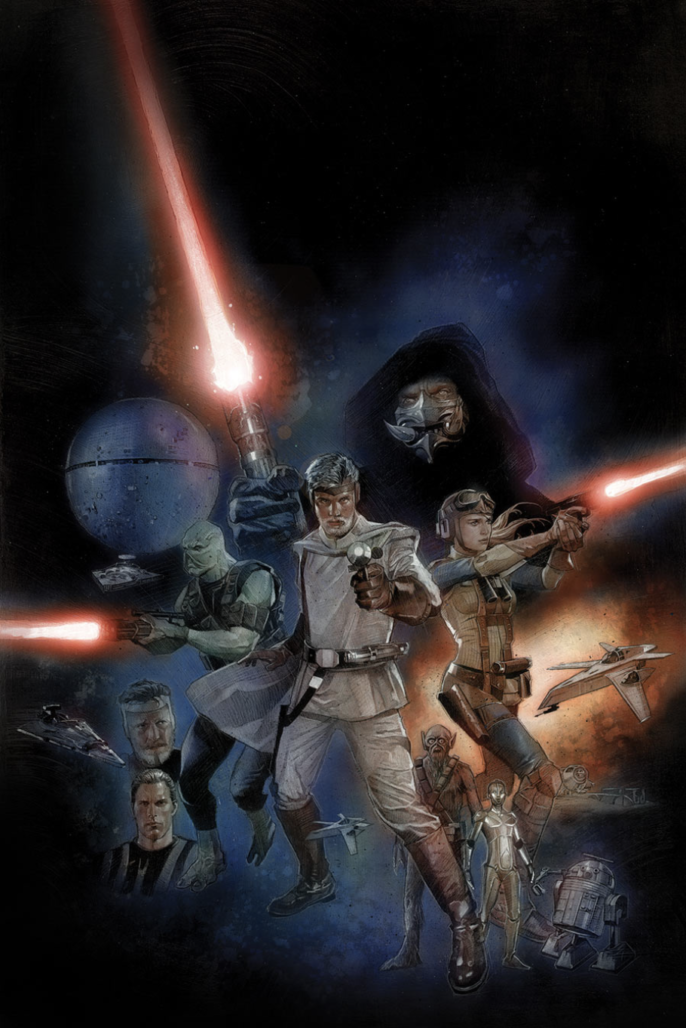
Dark Horse had a stellar final year with the property, led by The Star Wars, an adaption of George Lucas’ original screenplay for the film, and the Star Wars Legacy maxiseries from Gabriel Hardman and Corinna Beckho, set centuries after the original film trilogy. Still, in 2015, the IP changed hands. Star Wars returned to Marvel Comics and Dark Horse was suddenly without its most valuable franchise.
A new hope
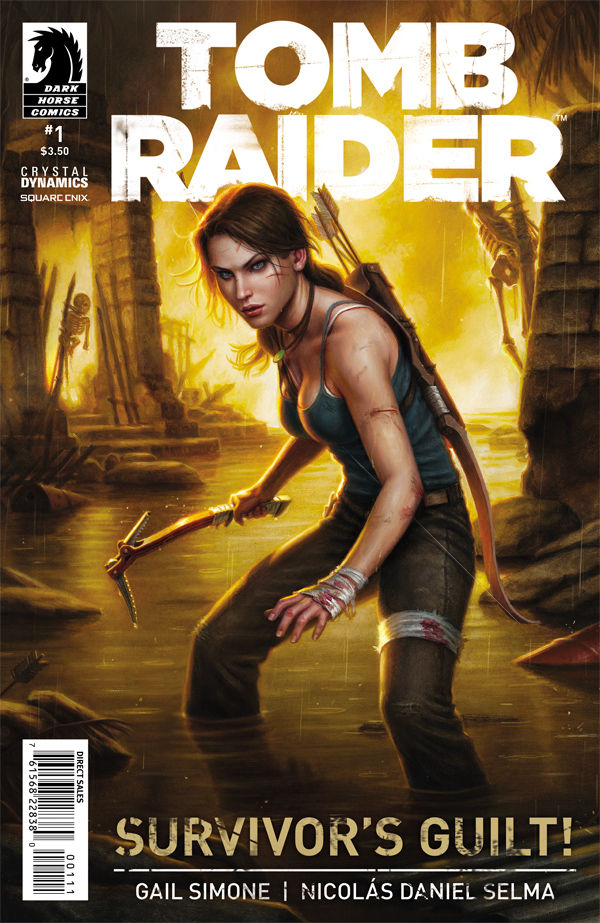
Around when it lost Star Wars, Dark Horse found new licensing opportunities in video games. The publisher immediately understood the potential video game properties hold as comics. The medium is another form of visual storytelling similarly unrestrained by the budgetary concerns that plague movies and television.
In recent years, AAA video game developers have put increased focus on cinematic storytelling. Gamers play titles like Naughty Dog’s Uncharted and The Last of Us as much for the cutscenes as they do for the gameplay. The games deliver compelling narratives with fully realized and three-dimensional characters carrying out adventures in exciting worlds.
Dark Horse recognized that fans were eager for more of those stories and the publisher more than happy to offer them, creating series based on franchises including Halo, Plants vs. Zombies, and Tomb Raider. When working with video game studio BioWare, Dark Horse discovered an exciting, unexpected publishing opportunity.
When God closes a comic, He opens an art book
To assist Dark Horse in the development of Mass Effect: Redemption, BioWare sent over concept art from the sci-fi series as reference material. Dark Horse marveled at BioWare’s beautiful designs of aliens, planets, weapons, and worlds that had never been shared beyond the studio’s walls.
Recognizing an opportunity, Dark Horse suggested the creation of an art book commemorating the series. BioWare was amiable to the idea, leading to the publication of The Art of the Mass Effect Universe. Its release in 2012 provided Dark Horse a foothold in the surprisingly lucrative market of video game-related art books. The Mass Effect coffee table hardcover was very successful and served as an effective calling card. Dark Horse suddenly held a perfect example of what it could create for other video game properties.
BioWare remains a valuable partner for Dark Horse. Comics and art books based on Mass Effect and the studio’s other properties Dragon Age and Anthem continue to be published. Dark Horse also partnered with Ubisoft on material based on the Tom Clancy games and with Microsoft for The Art of Sea of Thieves and its upcoming Minecraft: Stories from the Overworld graphic novel. Dark Horse’s most impressive partnership, however, might be its relationship with the often reclusive Nintendo.
A new partner approaches
The Dark Horse/Nintendo collaboration was born out of editor Patrick Thorpe’s passion for the developer of the world’s most recognizable video games. Thorpe tracked down the Nintendo booth at San Diego Comic-Con and spoke with Seth McMahill, Nintendo’s Pokémon Expert (and holder of the world’s best job title.)
McMahill put Thorpe in touch with Cammy Budd, Nintendo’s senior third-party marketing manager. Thorpe pitched her a retrospective of The Legend of Zelda to coincide with its 25th Anniversary. As it turned out, Nintendo was already developing a book with Japanese publisher Shogakukan, but the company offered Dark Horse the opportunity to localize it for Western audiences. Dark Horse happily accepted and published Hyrule Historia in 2013.
Hyrule Historia not only looks back on 25 years of The Legend of Zelda, but it also contains something every fan of the franchise had given up on. The coffee table book includes an official timeline for every Zelda game released up to its date of publication, which fans long clamored for from Nintendo. The inclusion of that timeline made the art book all the more special and enticing to fans.
Hyrule Historia was and continues to be a massive success. It still sits near the top of several Amazon bestseller lists years after its release. According to Thorpe, its sales totaled around 900,000 copies as of 2018. That translates into almost $300 million in revenue based on the MSRP. The success of Hyrule Historia spawned two sequels, Arts & Artifacts and the Legend of Zelda Encyclopedia. Dark Horse also published Breath of the Wild: Creating a Champion, which charts the development of the award-winning 2017 game.
The partnership continued with other Nintendo franchises. Dark Horse published the Super Mario Bros. Encyclopedia in 2018 and The Art of Super Mario Odyssey arrives in October 2019. Additionally, The Art of Splatoon was published in 2019 with another art book for its sequel on the way.
Dark Horse is also developing a graphic novel based on Nintendo’s new property ARMS, though progress seems to have stalled. Developing art books is one thing; working with Nintendo on a story featuring their world and characters is another. Nintendo hasn’t created comics with its characters for American audiences in any major way since Nintendo Power in the 1990s. Dark Horse stated that it doesn’t comment on the status of unpublished licensed books, so where the ARMS graphic novel stands now is a mystery. Hopefully, we’ll see it someday.
How video games changed Dark Horse
In 2018, Dark Horse lost its licenses for Conan the Barbarian to Marvel and Buffy the Vampire Slayer to BOOM! Studios. But the value of those franchises pales in comparison to their new cash cow.
The success Dark Horse finds through its video game projects isn’t obvious looking at Direct Market sales alone. Video game fans may be more likely to purchase art books from book stores or online retailers than go out of their way to grab it from their local comic book shop. Sales data reinforces that.
As of August 2019, ten video game-related books rank amongst the top 25 of Dark Horse’s Amazon Best Sellers, and eight are art books. Meanwhile, 13 Dark Horse books list among the Video Game Art Best Sellers. Clearly, Dark Horse discovered a lucrative market less reliant on any one partnership than a franchise like Star Wars or Buffy.
Dark Horse’s bookstore sales are also extremely promising. The publishers’ comics encompass 4 percent of sales in the market. You can learn more from Brian Hibbs’ analysis of Dark Horse in his review of BookScan numbers for 2018:
Thankfully breaking back into the Western Top 10 is Dark Horse Comics at #10. They place 26 titles into the Top 750 for 223k, and $3.5 in calculated retail value.
It is another fairly hard year for Dark Horse as they’ve lost access to several of the best licenses they had (Star Wars, Conan, Whedonverse), but they’re having a hard time pushing creator-owned material and make it work. Rock and hard place.
Dark Horse best licensed property in 2018 becomes Legend of Korra as v2 of “Turf Wars” sells almost 18k. V3, which was released in September, sells 11k, and v1 is a bit under 8k.
They do nearly as well with the first release from Overwatch, about 500 copies behind, though because of rounding, I call it “just over 17k”.
One of Karen Berger’s books is Dark Horse’s 3rd best-seller in bookstores: Anthony Bourdain’s Hungry Ghosts with just over 14k. RIP, man.
Dark Horse’s previous #1 license, Plants Vs. Zombies, is their #4 and 5 (and 7, 9 and 10 for that matter!) – 12k for v9, v10, 11k for v1. Everything else is under 10k.
Here’s what Dark Horse’s Western performance looks like in the Long Tail. They keep losing all of their best toys, but they’re getting solid performance with no losses!
Despite the loss of key franchises, Dark Horse holds steady in bookstores. That’s extremely impressive, especially considering that numbers don’t even factor in the art books. Add those to the mix and Dark Horse’s numbers are surely much higher. The only publicly available sales information on the art books is the 900,000 copies of Hyrule Historia, but Dark Horse’s extensive slate of upcoming art books is a clear sign of their continued success.
Dark Horse Comics finds itself in a period of resurgence, creatively and financially. The publisher found success through recent projects such as the Black Hammer Universe, graphic novel adaptations of Neil Gaiman‘s short stories, and the Stranger Things license. Dark Horse circa 2012 looked like a boat without a paddle but quickly righted the ship. Now, the publisher has a clear direction and feels poised for new adventures.


